Eva Polzer
Duration: September-October 2021
Eva Polzer seeks to set a firm foundation by seamlessly supplementing their education. While in residency, their goals are to surface experimentally, using non-traditional, stereotypically feminine material; adding skin to an intentionally hyper-emotional body of work.‘“I want to work, I want to explore, I want to keep going, and I believe New Harmony Clay Project would haven my intention.”
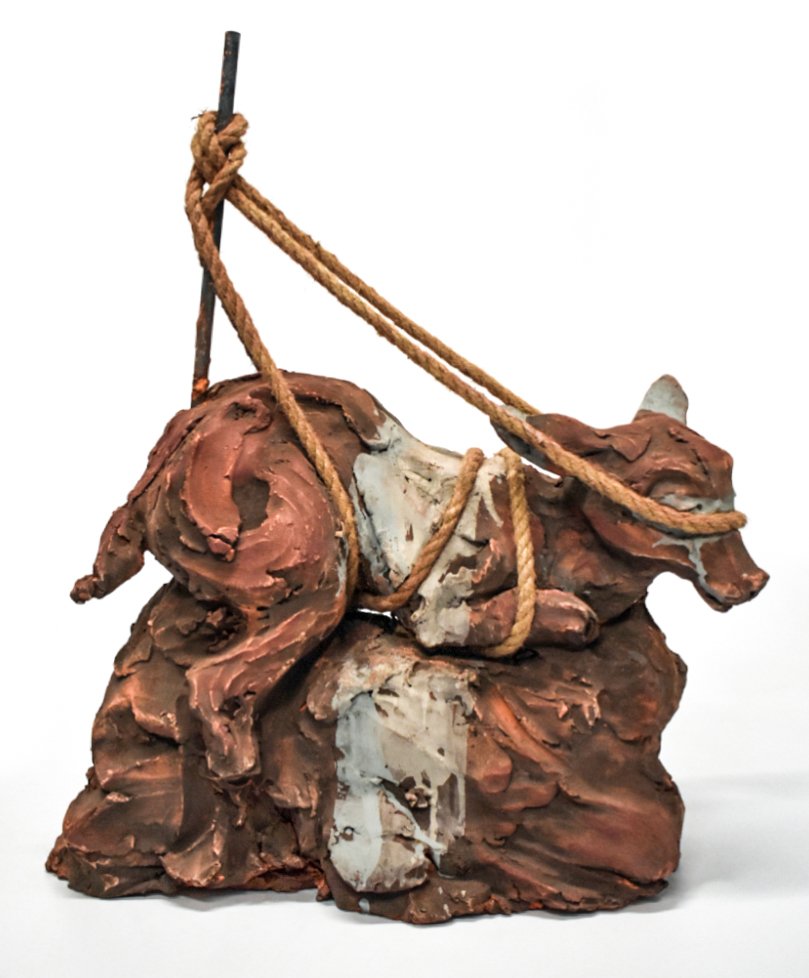

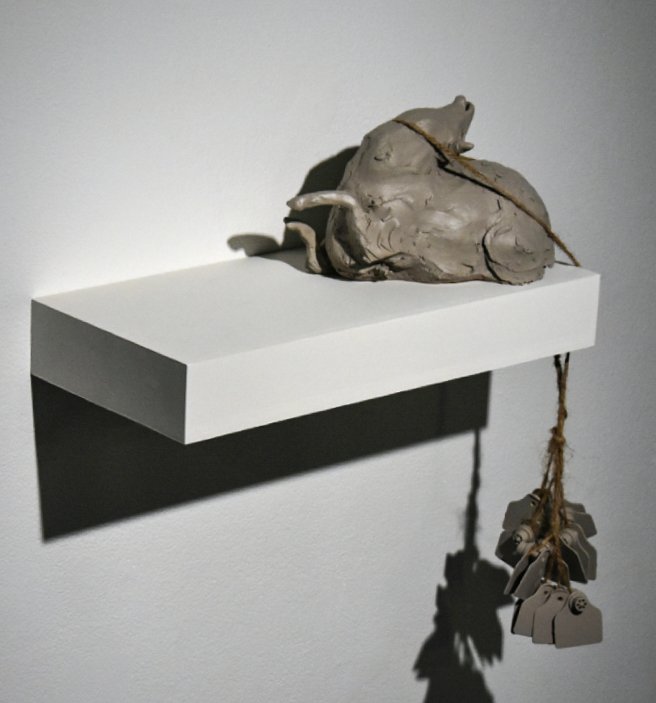

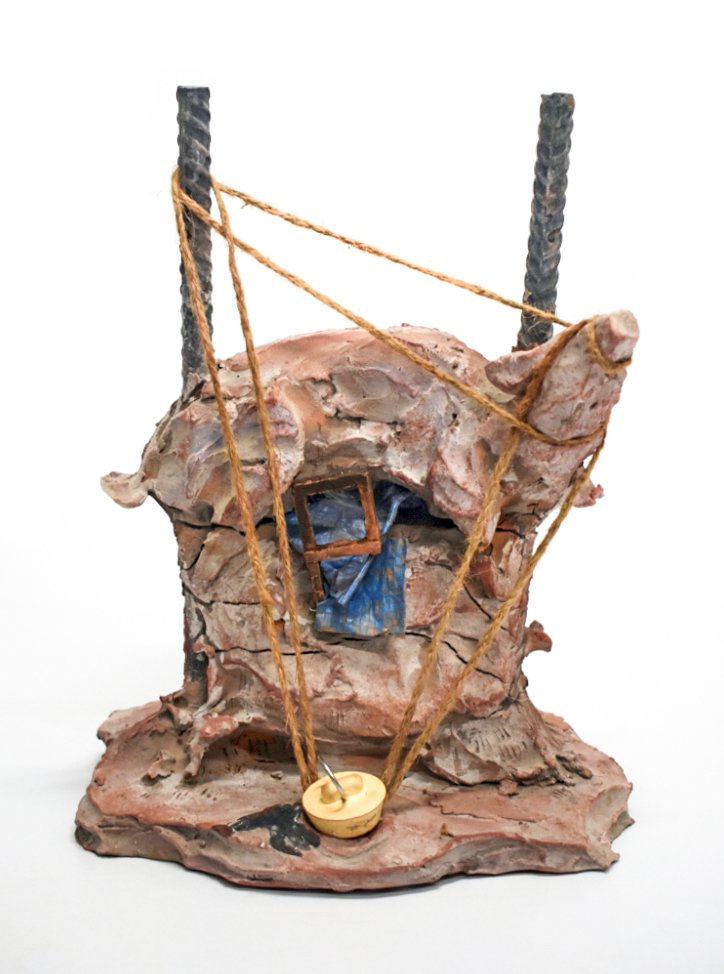

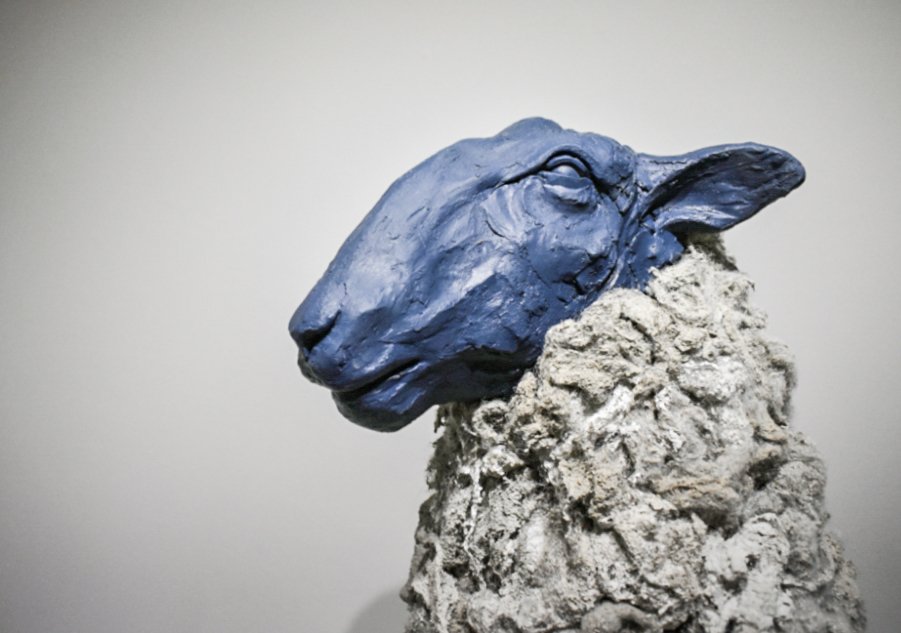
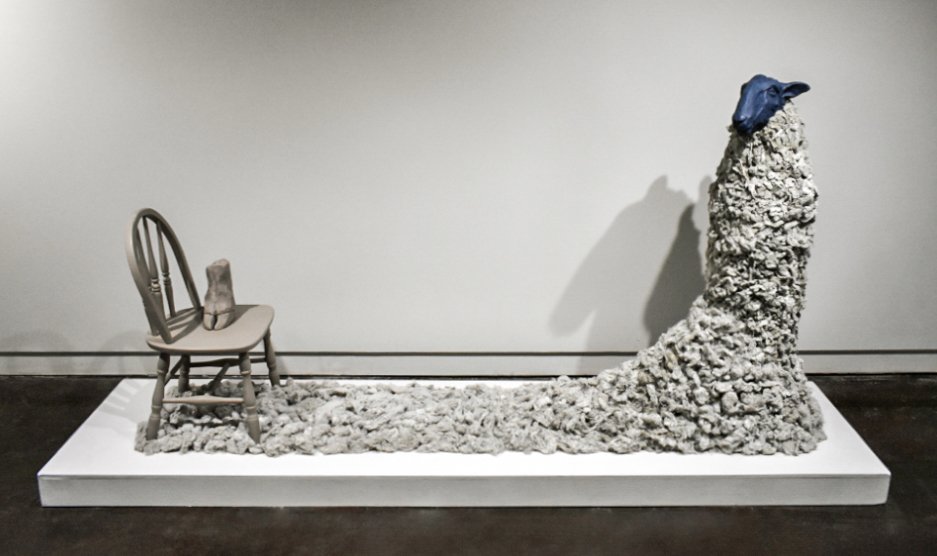
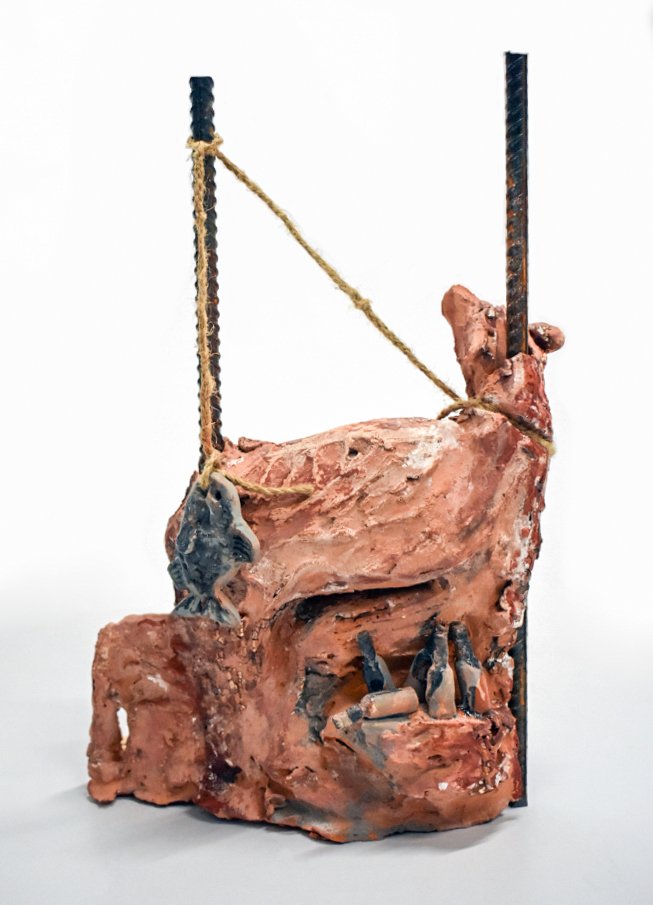
quick facts
How many years have you been working as a clay artist? I first touched clay in 2017. So, four years now.
What is your main clay body that you currently use? Stoneware- I go back and forth between white and red.
What is the primary method you use for building your work? I prefer to build solid, then refine. I cut and core out the insides; when the clay is the correct consistency, I reattach the fragments.
What is your favorite studio tool? My favorite tool is a wooden feathered loop tool; It was a gift from my first ceramics professor at LCC. It’s snapped a few times now, I considered having a funeral ceremony, but couldn’t let it go; I repair it with epoxy and blue painter’s tape as needed.
Do you have any future clay wishes or dreams? My ultimate dream is to find a way, anyway, to sculpt for a living- I can’t imagine a more fulfilling and lovely lifetime. The touch, the smell, the act, the feeling; it’s all so important to me.
ARTIST STATEMENT
Clay is poetic, reactive and sensitive, a direct capture of effective touch. She creates space for endless experimentation and play, intuitive give and take. Her initial stages offer immediacy and forgiveness, while the latter begs patience and acceptance of what we cannot control. Clay is complicated, yet instinctive, something I value in a medium. Though she is my home, I also find myself exploring the potential of found objects and supplemental material; utilizing their inherent and/or relational nature in the creation of a visual narrative, honest to my perspective and experience.
The introduction of “othering” materials into my practice has been exciting and revealing. Each has its own specific voice, or clue. Rebar, for example, is rigid, and alludes to foundation. By creating a relationship between clay and the metal, I speak of trauma, wounds and moments that force the body to crumble around them. A new discovery is the chair: a paradox- indicating a presence, and simultaneous lack thereof; a stand in for identity and its counterpart disturbance. These connections are forming, and willing to shift and expand.
My process is an exertion, I work quickly and intuitively- creating home for feelings and memories that are no longer welcome to take up space in my body and mind. I prefer to build solid, from the inside out. This specific process allows me to touch, move, remove, and manipulate in ways that make me feel free. Layers and clumps of clay stack and smooth over one another, individual moments become one, until the bare minimum of figure emerges; much like the development of identity. I apply the material in gestural sweeps, creating anatomy, bones and flesh; though I have no intention of hiding the fact I am using clay to do so. This stage of my process is typically done only by hand, or with very minimal tool use; often with closed eyes, as I find my fingers and palms are much better at seeing nuance and creating symmetry than my literal vision. Once the gesture has been decided, the contour of form is sculpted and refined until something capable of invoking, is. The movement of the clay, acting as both skin and hair of the body, speaks an emotional language- one that communicates well with the expression signaled in the gaze; equivalently, a lack, filtering, or prevention of the object’s stare is also significant. Process wise, I find it fitting that I typically spend more time with the interior of my figures- I cut and core, emptying the insides, hyper aware of how thin my skin is.
I am in a committed relationship with clay, the beauty of discomfort, and the creation of animal; breathing figures to be projected onto, to fond over, or fear for. Their bodies speak, primal and honest, a non-verbal language observed fluently. I use them as a vehicle to unpack, to attempt to understand both intrapersonal and interpersonal dis/connection and dis/regulation, and to communicate my concerns with my own internal and external world. Importantly, I find the non-human body to be an effective buffer when communicating harsh and uncomfortable realities of personhood; as there is a distance, a desensitization, that creates space for uninhibited vulnerability. This detachment is reiterated in my decision to use, in this body of work specifically, a consumable, livestock animal as my current vessel- loaded with a specific indifference, a preferred blindness, I find comparable to the generalized, even conditioned, societal apathy and misunderstandings surrounding the experiences of the mentally ill, and/or any suffer alike. Though this is a reality, I also see it as an opportunity to discuss, to dissolve boundaries, to challenge apathy, isolation, dog eat dog mentality and othering. This body of work is one of catharsis, each piece holds bodily space for my experience of mind, while, in creation, acted as opportunity to sheer layers of self-identified victimhood. In my display of uninhibited vulnerability, I invite you to acknowledge your own discomfort and dysfunction, to observe your own conditioning, because, if you are anything like me, ewe were the wolf all along.
BIOGRAPHY
BORN: Perry, Ohio | USA
Eva Polzer is a figurative ceramic sculptor. They were raised in Perry, Ohio, and since moved to Kent, Ohio, after receiving an Associate of Arts, with a focus in Psychology, at Lakeland Community College. This is where they were awarded Best of Show in the annual juried exhibition in 2017. After this, Eva attended and graduated summa cum laude from Kent State University (KSU) with a BFA in Ceramics and Sculpture.
While attending university, Eva was employed by KSU; they worked as a gallery assistant both on campus and the downtown location. Their work was shown in both the 2019 and 2020 Student Annual, juried KSU group exhibitions, receiving the ArtShop award in 2020. Their work also existed in part of the University Hospitals Healing Garden, a yearlong outdoor installation, a “foundations” student group exhibition, and a peer-run pop-up gallery “Three U-Hauls in the Library Parking Lot.”
Eva currently works for Curated Storefront, a non-profit organization with the intention to revitalize Akron, Ohio, through the arts. They are currently showing work in the group exhibition “Included but Not Limited to” at Summit Art Spaces in Akron, Ohio.
